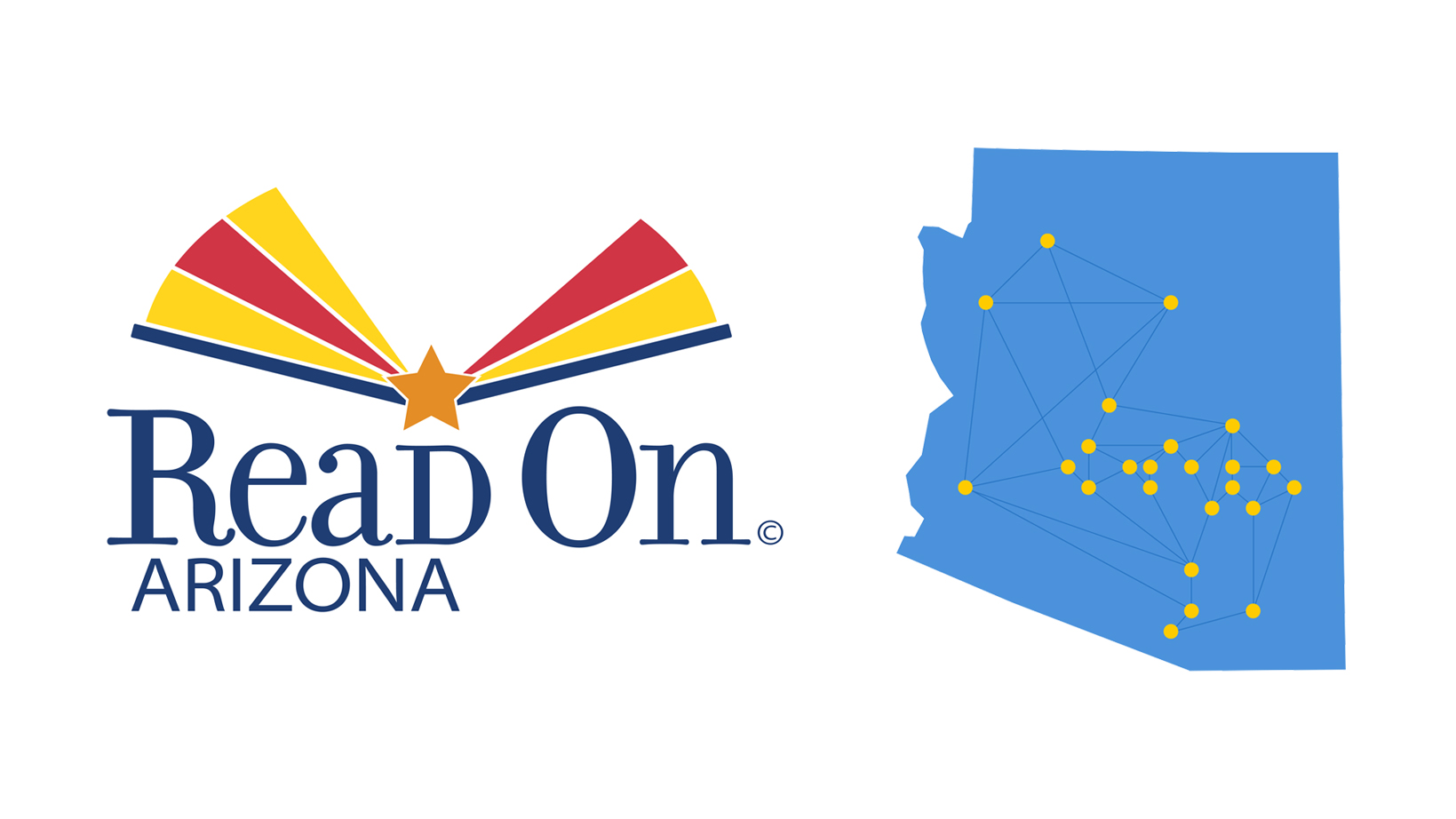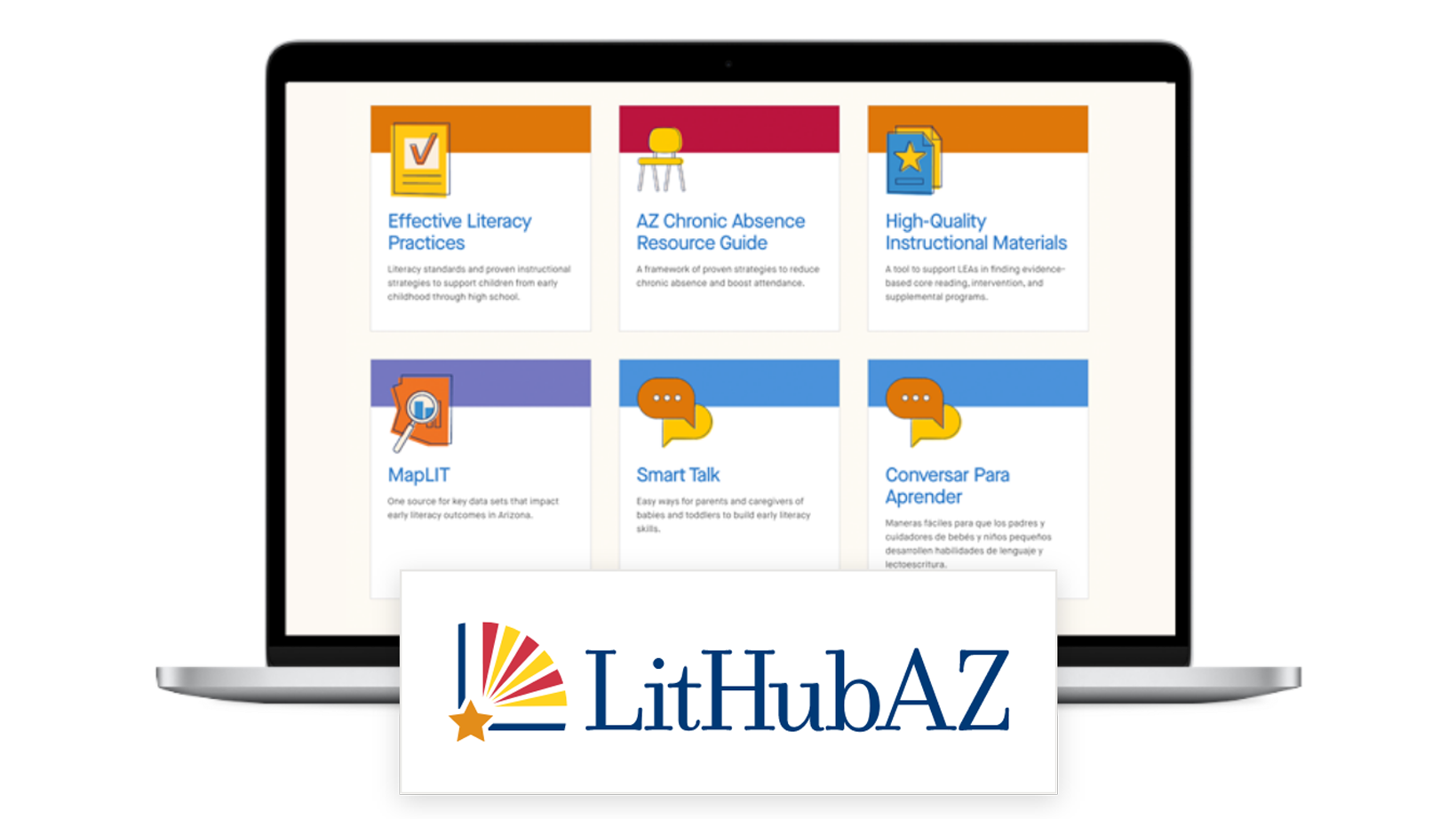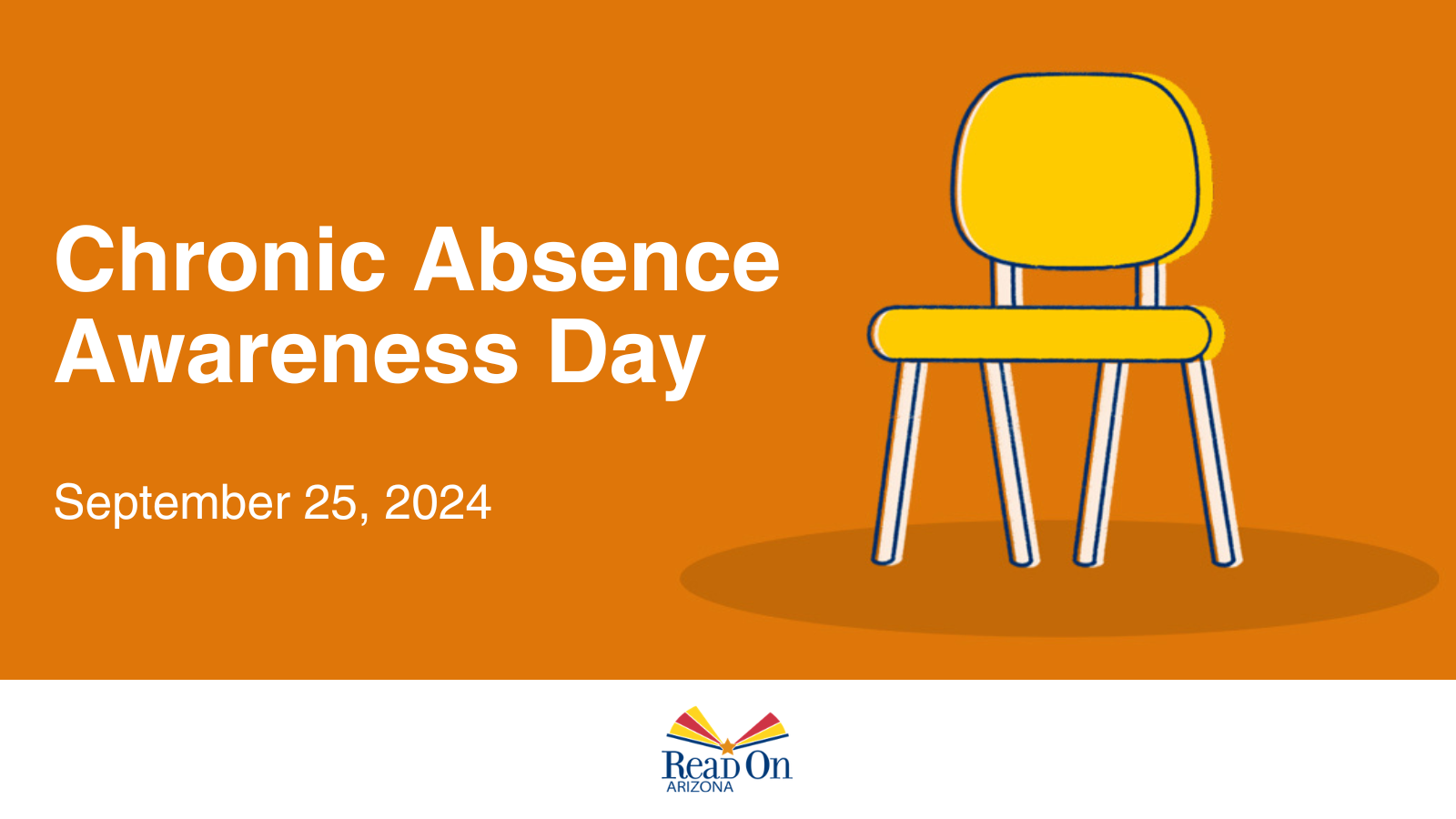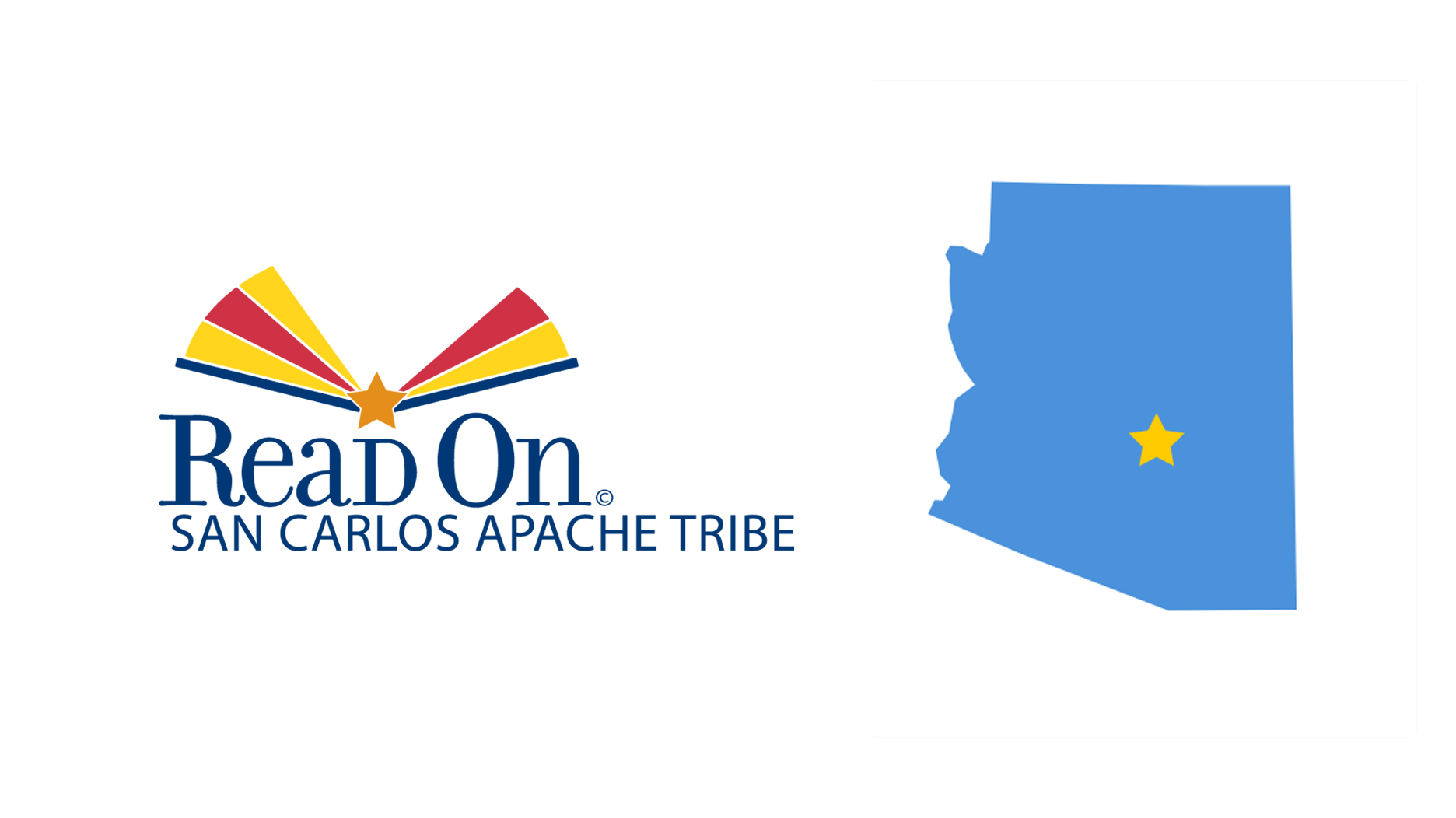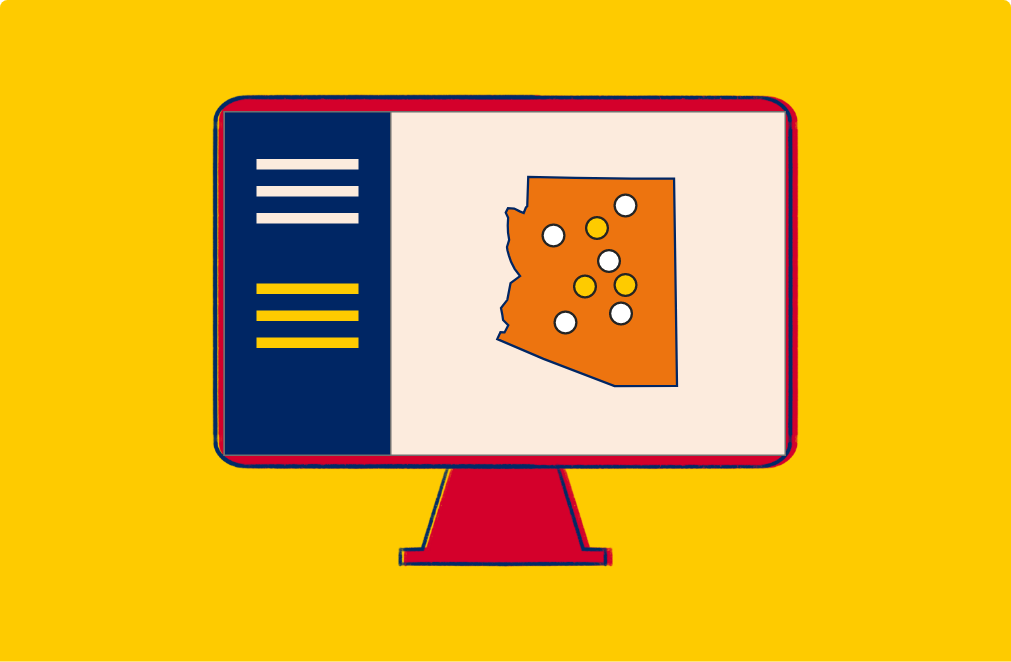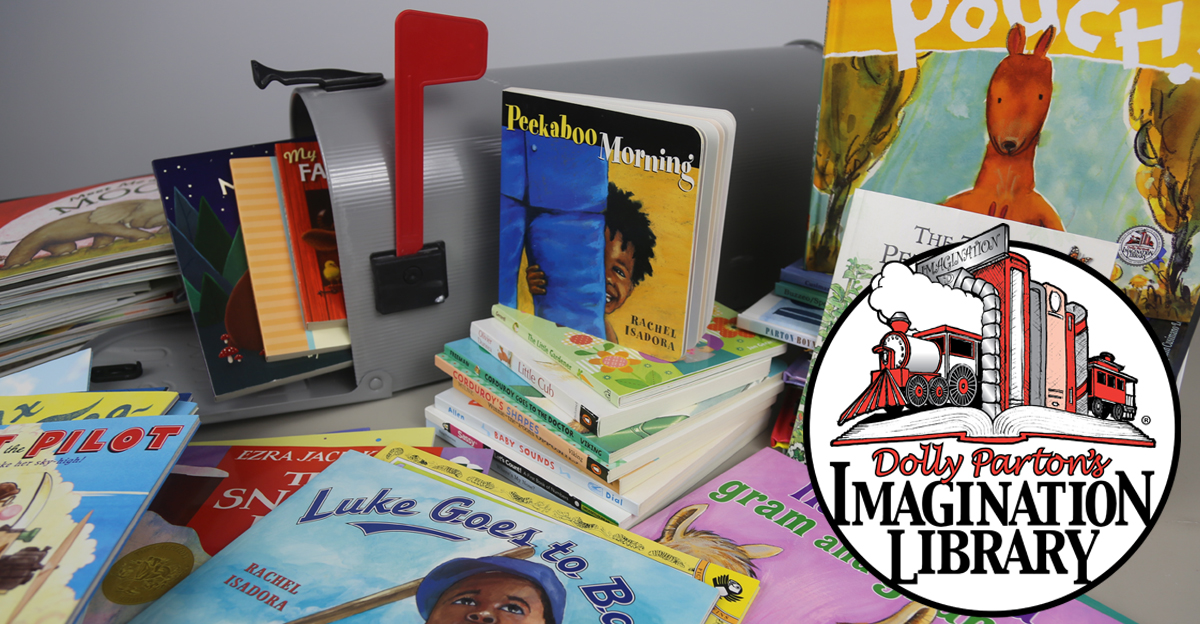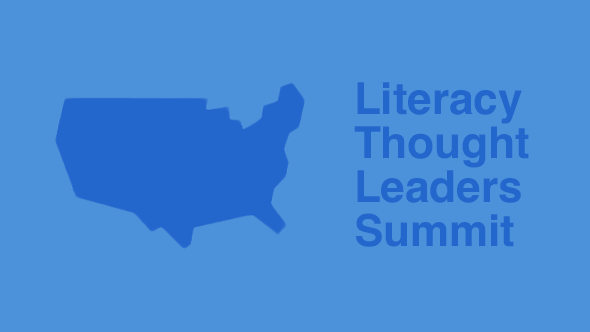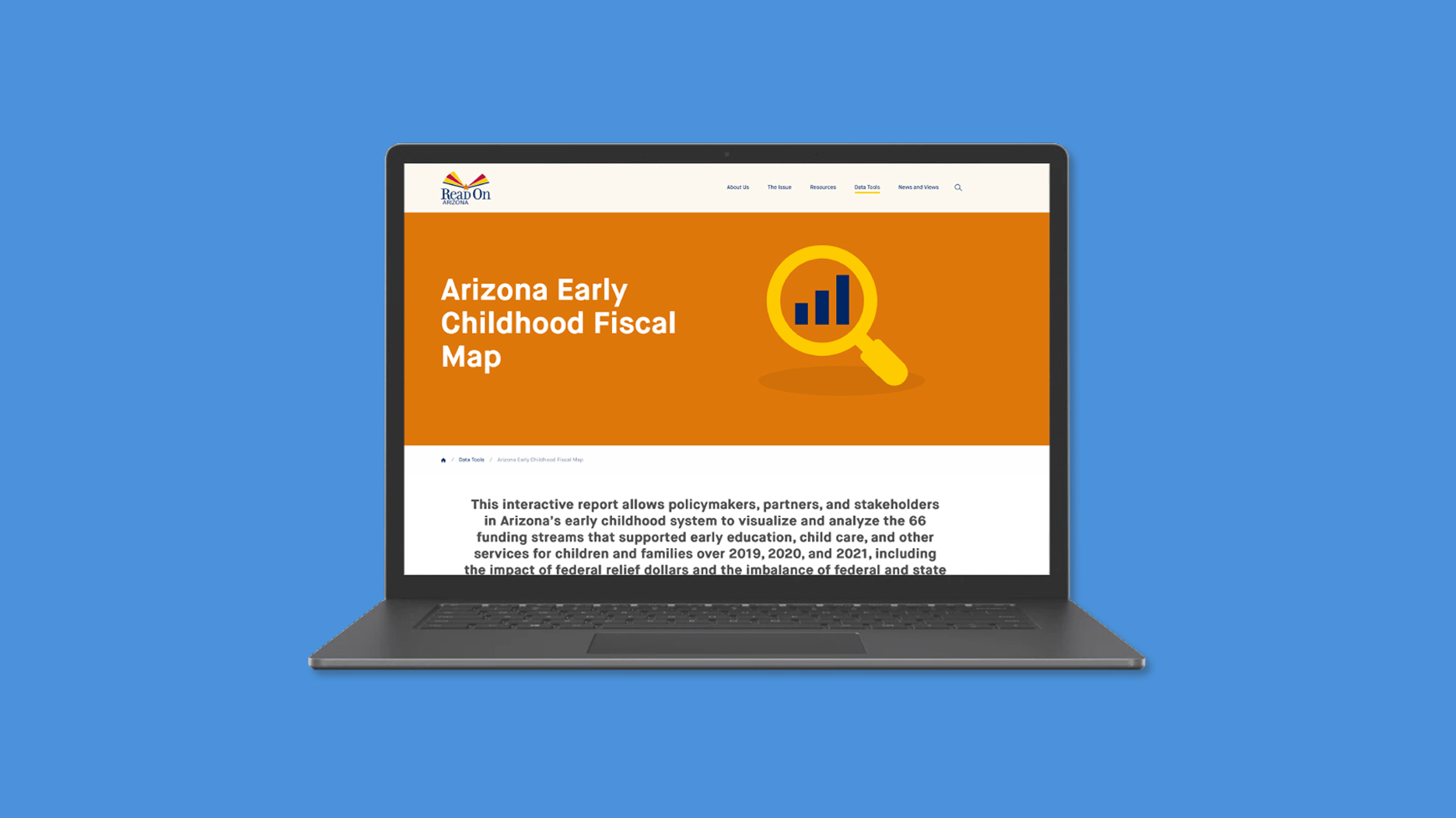February 22, 2013
Read On Arizona
East Valley Tribune | Guest Commentary by Terri Clark | February 22, 2013
Arizona is facing a literacy crisis and it begins in early childhood.
We are not adequately preparing our children to meet the increasingly complex demands of 21st Century work and learning environments. Literacy is a critical component for success. In 2011, 42 percent of Arizona’s fourth graders fell below basic reading levels on the National Assessment of Educational Progress (NAEP). Many of the almost 800,000 Arizona children under age nine face significant barriers to school readiness, including poverty (23 percent), difficulty speaking and understanding English (47.6 percent), and lack of exposure to books and other literacy resources.
That’s why Arizona Department of Education, First Things First, Head Start State Collaboration Office, Virginia G. Piper Charitable Trust, Helios Education Foundation, Arizona Community Foundation, local United Ways throughout the state and numerous other community stakeholders have all come together to form a statewide literacy initiative called Read On Arizona. Read On Arizona is a statewide public/private partnership working to improve language and literacy outcomes for Arizona’s children from birth to age 8
Well-established research underscores the vital importance of addressing this early literacy crisis. Children entering kindergarten without the skills they need to succeed in school rarely meet the critical milestone of reading proficiently by third grade, a strong predictor of future academic and vocational success.
Here in Arizona we are beginning to take action to address this crisis. The implementation of the Common Core Standards puts us on track to have the expectations and rigor needed to increase the literacy skills of Arizona’s children. Literacy is infused throughout every category of the new standards, a common thread among the four key skills of a 21st Century student: critical thinking, communication, collaboration and creativity.
Taking effect in the 2013-2014 school year, Arizona’s statute Move On When Reading (ARS-15-701) also raises expectations for our students. It requires schools to retain third-grade students who attain a “Falls Far Below” designation — the lowest reading level category — on the AIMS test and who don’t qualify for an exemption.
An estimated five percent of Arizona students could be impacted by this retention policy, and additional 15 percent fall in the next lowest “Approaching” category.
In all, more than 22,000 third-grade students are potentially at risk for not being at grade level. The adoption of these more rigorous standards underscores our highest aspirations for our students and also the extent of the challenge facing Arizona on the path to grade-level reading.
As the State Literacy Director, I believe the key to Arizona’s future is a statewide, community-based literacy project. Educators, families, businesses, public agencies, philanthropy and communities all have a role to play.
Only when early literacy becomes everyone’s responsibility will we have the kind of impact and change we need to see Arizona thrive.
Read On Arizona has been developed to address the significant challenges Arizona faces in reaching its grade level reading goals. It connects to the state learning standards and the Arizona State Literacy Plan, a roadmap to improve language and literacy outcomes.
With its broad collaborative engagement and a 10-year strategic literacy action plan, Read On Arizona will direct us towards the bold but achievable goal of reading success for all of Arizona’s young children and create real and sustainable solutions to the early literacy crisis in Arizona.
A Call to Action
To realize the visionary goal of 100 percent of third graders at or above reading proficiency we need everyone to play their part. Volunteer to read to a preschool class, tutor or mentor a student who needs help in building their literacy skills, adopt a community library or organize a local book drive.
Family, friend and neighbor care, child care providers, preschools, elementary schools, afterschool and summer programs, community libraries and the local grocery store can all provide rich language experiences for young children and present opportunities to improve literacy skills.
Most importantly, we have to actively change our behavior in how we value the development of early literacy. Improving the skills of Arizona’s young children is everybody’s business and everyone needs to play their part.
Only when Arizona, as a community, makes literacy a priority can we deliver on the promise that when Arizona Reads, Arizona Thrives.
Originally published by the East Valley Tribune.
